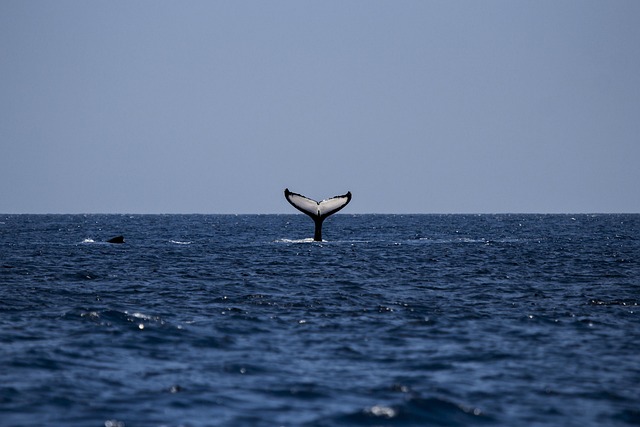Researchers have documented compelling instances of humpback whales seemingly attempting to communicate with humans through the creation of intricate bubble rings.
A new study published in Marine Mammal Science details observations of these gentle giants deliberately producing bubble formations during friendly encounters with boats and swimmers, suggesting a conscious effort to interact and perhaps convey messages.
Humpback whales have long been recognized for their sophisticated social structures, complex vocalizations, and remarkable cooperative hunting techniques, most notably their use of bubble nets to corral fish.
Previous studies, including a 2021 “conversation” with a whale named Twain and a 2024 analysis of feeding calls, hinted at the nuanced communication within whale pods.
However, these investigations primarily focused on whale-to-whale interactions or responses to researcher-initiated sounds.
The new research, conducted by a collaborative team from the SETI Institute and the University of California, explores the voluntary interactions of humpbacks with humans and their novel use of bubble blowing beyond hunting.
The study analysed 12 separate episodes involving 39 bubble rings created by 11 individual whales across different populations worldwide.
“Humpback whales live in complex societies, are acoustically diverse, use bubble tools and assist other species being harassed by predators,” explains co-lead author Dr. Fred Sharpe.
“Now, akin to a candidate signal, we show they are blowing bubble rings in our direction in an apparent attempt to playfully interact, observe our response, and/or engage in some form of communication.”
The SETI Institute, renowned for its search for extraterrestrial intelligence, views these interactions with profound interest.
Their core mission to understand the origins and prevalence of life and intelligence extends beyond our planet to encompass the diverse forms of communication found here on Earth.
The researchers draw a compelling parallel between their efforts to decipher these “bubble messages” and the analysis of potential signals from distant stars – dubbed “candidate signals.”
“We’ve now located a dozen whales from populations around the world, the majority of which have voluntarily approached boats and swimmers blowing bubble rings during these episodes of curious behaviour,” said co-lead author Jodi Frediani, a marine wildlife photographer.
The Whale-SETI team believes that understanding the communication methods of humpback whales, both verbal and non-verbal, could provide valuable insights for interpreting potential extraterrestrial signals.
By studying the patterns and context of these bubble rings, and with the anticipated assistance of artificial intelligence, the team hopes to develop filters and analytical techniques that could be applied to parsing complex cosmic data for signs of alien life.

